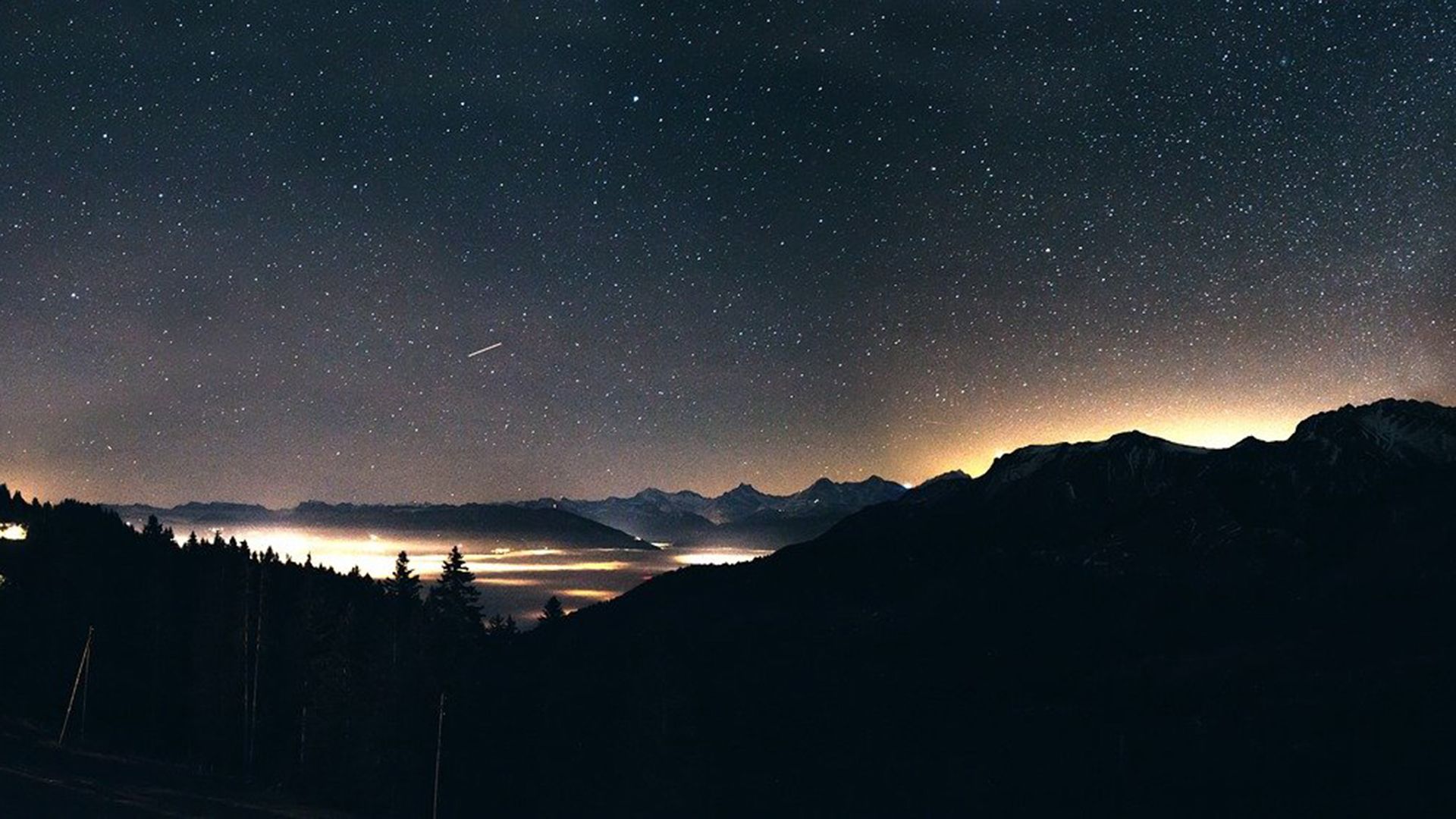
LIGHT POLLUTION
IMPACTS OF LIGHT SMOG ON HUMAN BEINGS AND NATURE
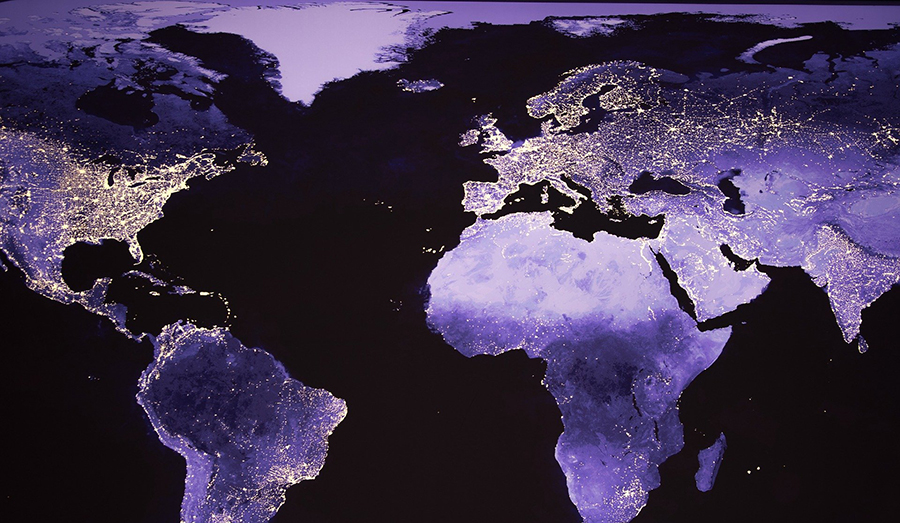
WHERE DOES THE LIGHT SMOG COME FROM?
Permanent illuminated ads, large industrial facilities, street lighting and infrastructure, sports facilities, etc. All this contributes to the fact that above cities, even in clear skies, you can hardly see the stars distinctly. But of course also every living room at home, every illuminated garden and every terrace. And as our rhythm of life has shifted further and further into the evening in recent decades, we are turning night into day. Especially in densely populated areas.
A large part of light pollution can be attributed to poorly planned and executed outdoor lighting. Public buildings and areas, street lighting without plan and direction are among them. Often the adage “a lot helps a lot” is consulted in places where it makes absolutely no sense.
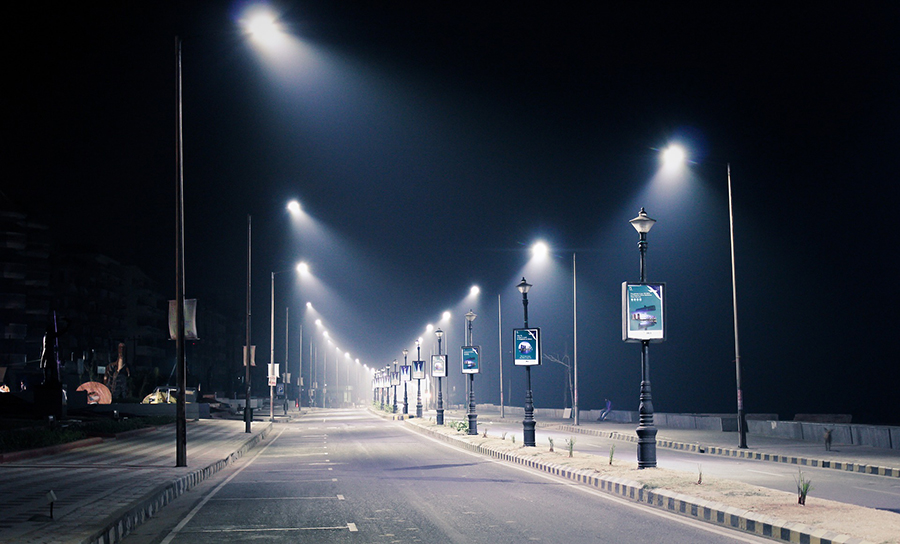
EFFECTS OF LIGHT POLLUTION
The consequences of continuous illumination are serious – artificial lighting changes entire eco-systems. Day/night and light/dark are like a metronome and clock for nature. The chronobiological rhythm of plants, animals AND humans is designed for this constant cycle. Growth cycles of plants are disturbed by light pollution, day- and night-active animals get into trouble, life gets out of sync!
- Day-active creatures / humans
Disturbed night’s rest, sleep disturbances that can lead to permanent sleep deprivation; sleep deprivation leads to physical limitations and possibly even to illnesses. - Nocturnal creatures
More than 60% of living beings are nocturnal! Continuous nocturnal lighting disrupts all areas of life: foraging, prey-predator relationships, reproduction, pollination, etc.
CONSEQUENCES FOR NATURE
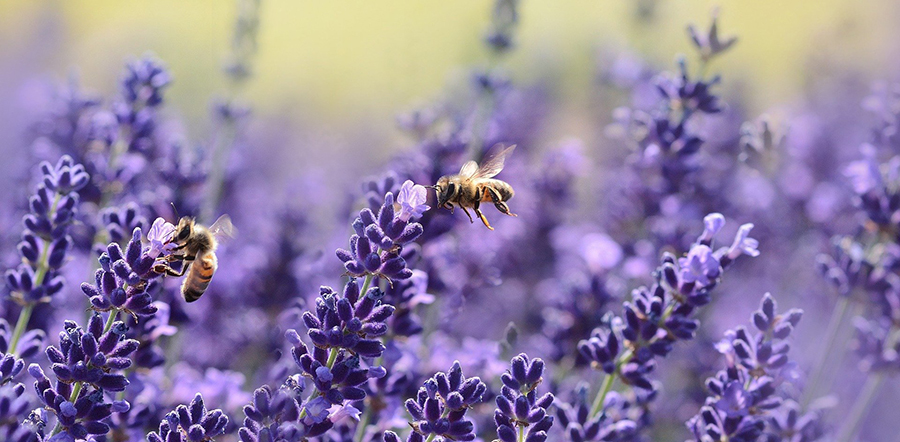
Insect mortality therefore has more than one consequence:
- Reduced food supply for animals
- Reduction of biodiversity in flora and fauna
- Crop failures and losses in agriculture as a consequence for humans
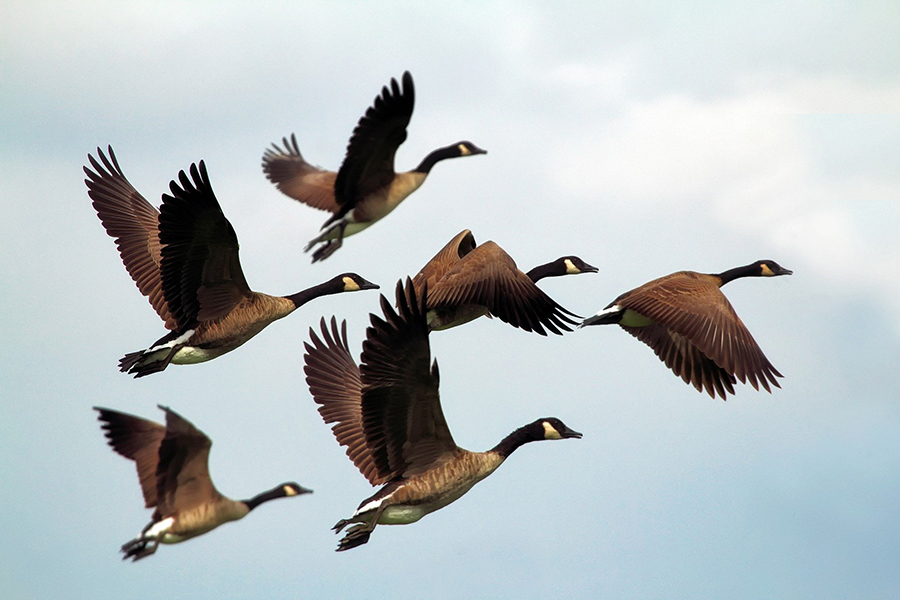
Birds and fish also suffer from light smog. Migratory birds and shoals of fish near the coast sometimes lose their orientation. Native bird species change their nesting and breeding behaviour. This creates a vicious circle, because breeding too early in spring means less food available when plants and insects are not yet abundant. Species extinction is pre-programmed.
MAN SUFFERS FROM LIGHT POLLUTION
As humans, we now spend more and more time in a kind of twilight, without the proper alternation of day and night. During the day, we need the bright daylight to stimulate the organism and the metabolism. Vitamin D deficiency, the “sun vitamin” that can only be produced by daylight, has become a widespread disease. At night, on the other hand, we have too much light around us. We need darkness to produce the sleep hormone melatonin, which makes us rest and puts the body into sleep phases. This is why melatonin is also called the “dark hormone”. However, melatonin not only regulates sleep, but also other body functions such as regeneration processes and cell renewal. Sleep and wake phases are often only blurred and the rhythm of our inner clock is permanently disturbed.
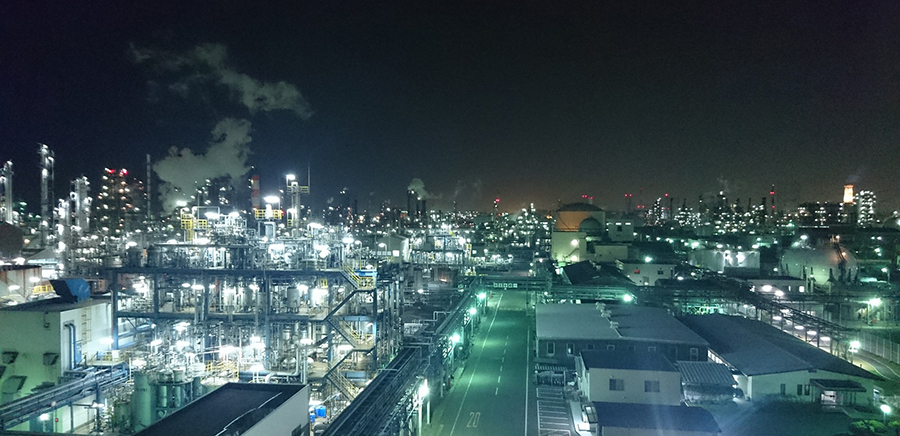
The consequences: Sleep disorders, lack of sleep and a hormonal balance that is out of joint. All of this can lead to physical and mental illnesses, from diabetes to depression.
The following applies: For a healthy sleep/wake rhythm, we should avoid bright and especially cold light 1 to 2 hours before going to bed. So when lighting at home, make sure the light bulbs have a warm light colour. Or use dimmable and adjustable lamps. TVs, monitors and even mobile phone screens are not particularly conducive to melatonin production because of their mostly bluish light. Even though many devices nowadays use a blue filter to shift the light spectrum of their screens into the warm zone.

WHAT TO DO AGAINST LIGHTSMOG?
We now know what we can do for ourselves at home. But what about in public life? In Bavaria, for example, there has been a law since 2019 that stipulates that public buildings may only be lit until 11:00 pm. A good start! Clever LED lighting solutions are also on the rise; sensor-controlled systems, for example, can contribute to improvements. Street lighting can be targeted and shielded. Fewer lanterns are needed and they are more effective. Sports facilities do not have to be permanently illuminated either. Light advertising is also a big problem. Here, too, a time limit could provide a remedy, although many industries will oppose this.
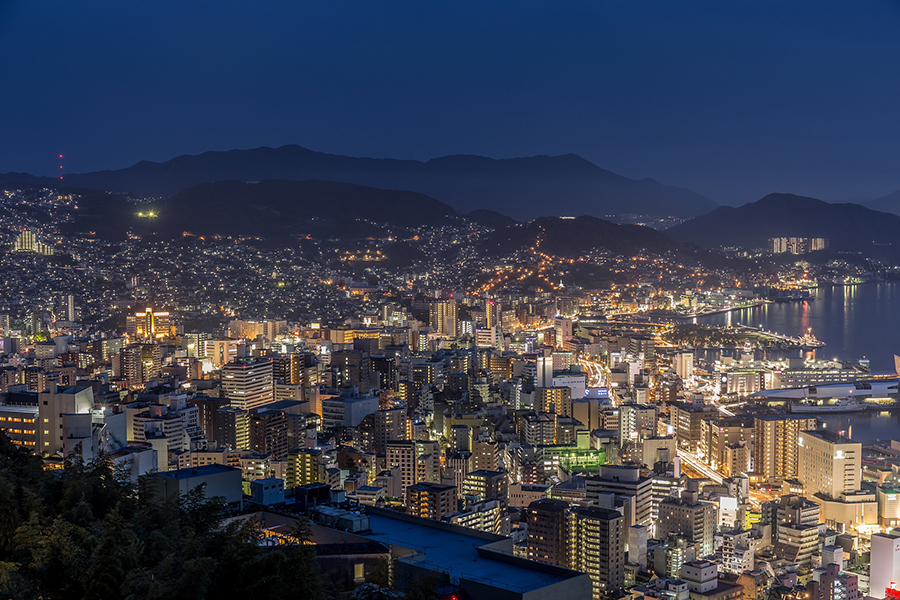
As with many things, there is also a second side to the coin: LED solutions save massively on emissions and consumption, but lead to more of them being used, because money and electricity have been saved. This does not lead to a lasting solution to the problem of light pollution.
All we want is to be able to look up at the sky at night and try to count the stars. Soon, however, this will only be possible in very few places in the world.
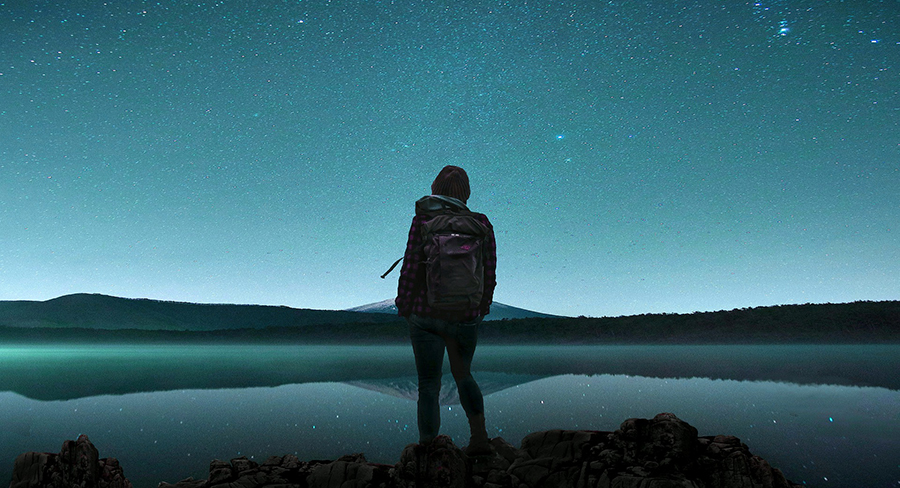
LED lighting, Light and environment, light pollution, Lightsmog